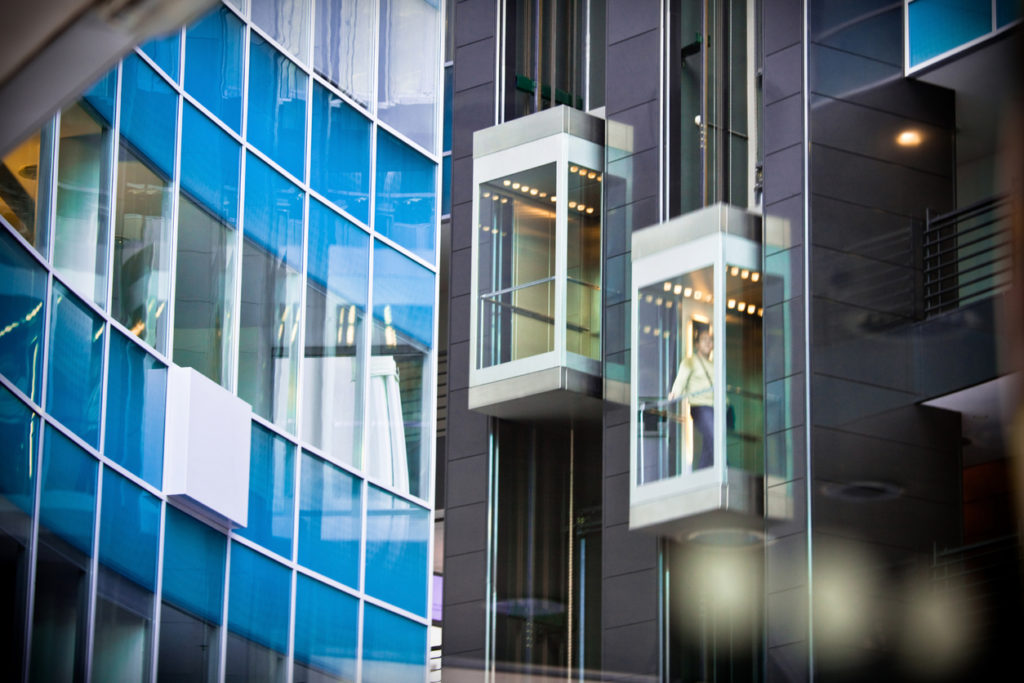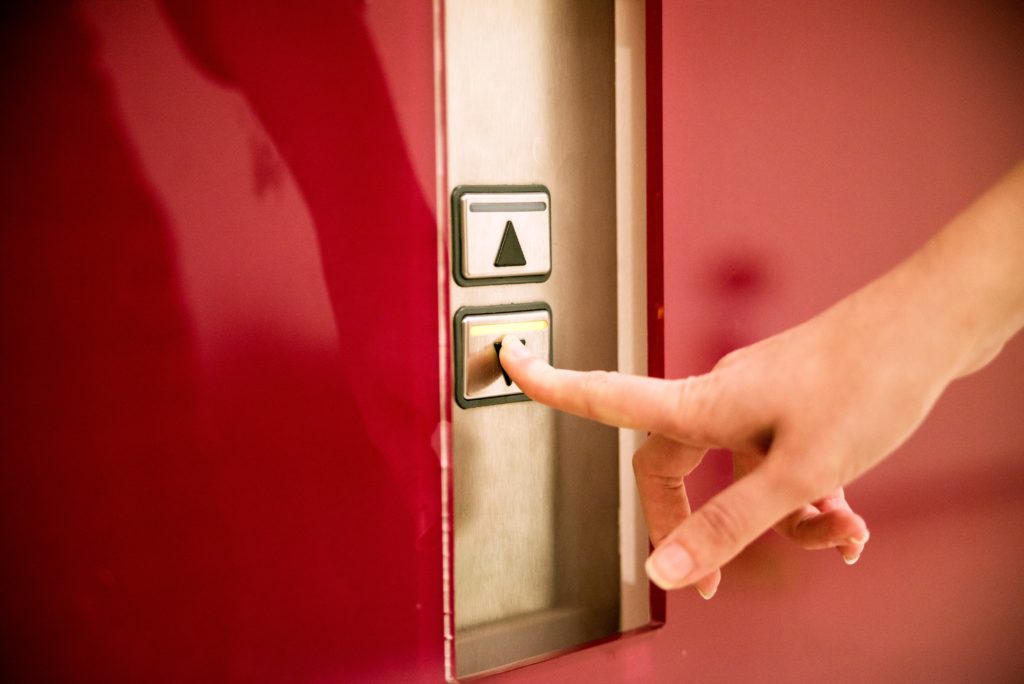Believe it or not, very little about elevators has changed. We’re just retrofitting an amazing invention that has stood the test of time.
Technology changes the world. Chances are, you’re reading this on a mobile device that didn’t even exist a decade ago. In contrast, the first elevator was put into service in New York back in 1853. And what we ride in today hasn’t changed drastically—for the most part.
What hasn’t changed at all is the need for elevators. They get people—and things—up to parts of buildings that would otherwise be impractical by way of stairs. What has changed? Read on. But first …
Modern myths and little-known facts
• People call it “elevator phobia,” but there’s officially no such thing. Most people dislike riding in elevators because they have claustrophobia (fear of enclosed spaces), or agoraphobia (fear of being trapped in a situation where escape is unlikely).
• Often, people say they get nervous in an elevator because they’re afraid something will cause it to break loose and crash to the ground. There’s only been a single known occurrence of this happening—and it was in 1945 when a B25 Bomber crashed into the Empire State Building. An elevator car plummeted from the 75th floor when its cables were severed by the aircraft. A woman in the elevator survived the incident because the elevator car landed on 1,000 feet of the cable that had fallen and coiled itself, acting as a landing spring.
• Statistics prove that elevators are actually safer than cars, and even escalators.
Safety has been the objective of advances in elevator technology. From the very beginning, it’s what has determined the usage of these transportation devices. The first innovation was the elevator safety brake. Far from “modern,” this patented device was put into use in 1861. Here’s what’s been added because of technology advances since then.
1. Automatic Doors
Okay, the automatic door has been around since the 1940s, when Joseph Giovanni patented the sensitive door bumper. It automatically stops further closure of the elevator doors if it encounters an obstruction.
The concept has seen further innovation since then, though. Today’s elevators use infrared or ultrasound sensors in the doors. Elevator doors equipped with this technology won’t politely bump into you. They’ll stop beforehand.
2. Microprocessor Control
Elevators used to be run manually by dedicated operators. They didn’t just push buttons to open and close doors, and move from floor to floor. Early on, these human operators also used a lever that controlled the speed of descent. A soft landing was due to their skill.
By the late 1970s, microprocessors were added to elevator operation. It automated this process. These mini-computers took over the decision-making of when and where an elevator stopped. It greatly increased elevator efficiency because it automatically controlled the speed. It also meant that it was time to retire if you were an elevator operator.
3. Sky Lobbies
You might not even know what this is—and that’s mainly because the innovation isn’t really part of the operation of an elevator itself. Sky lobbies are essential in modern skyscrapers. Think of them as staging areas.
You’ll enter an elevator on the ground floor. It’ll ascend at a high speed to a certain level of the building without stopping. When the doors open, you’ll have arrived at the sky lobby. From there, you’ll switch elevators to ascend the rest of the way to your designated floor—and these elevators have the ability to stop at any floor along the way.
This innovation was introduced as a way to move a large number of people around with a limited number of elevators. The position of the sky lobby is determined by passenger flow models, and the analysis behind it has created a highly efficient way for elevators to service large, tall buildings.
The bottom line is that technology has made modern elevators more comfortable and able to accommodate more people—but they were always very safe from the beginning. Short ascents may now be driven by hydraulic shaft lifts instead of cables, but even that technology was already in use by the earliest of elevators before electricity became reliable enough to introduce the electric-driven motors that now drive elevator cable-winding cylinders.
Elevators are responsible for shaping our modern cities. There would be no skyscrapers without them. For the most part, however, they still operate using the principles that made the first elevators possible more than 160 years ago.
Connection Elevator is committed to keeping elevators in South Florida up to code and running at peak performance. If your elevator is in need of repairs or it’s time for some modern upgrades, give us a call at 954-792-1234 or just fill out our online contact form.

